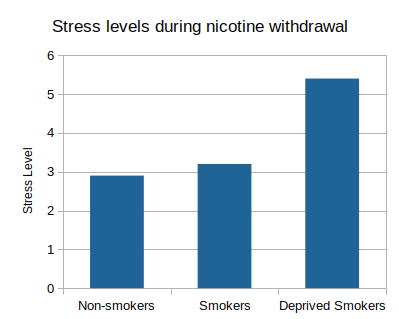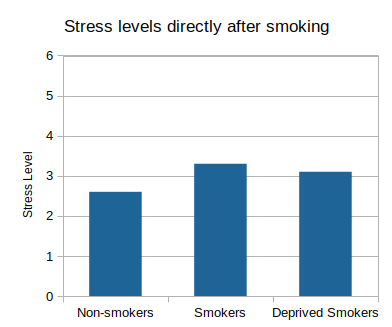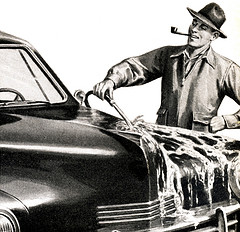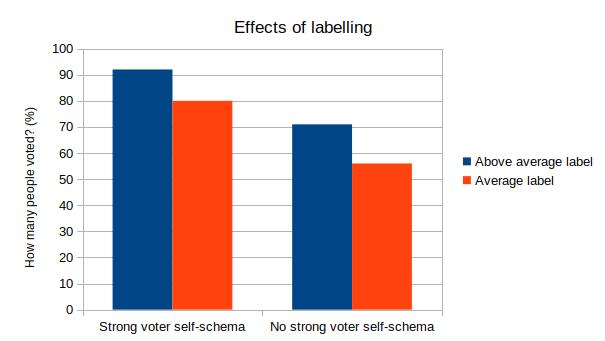If, like me, you’re studying positive psychology, or if you’re keeping up with the field for personal or professional reasons, you will find the following links useful. They are great for finding new information and opinions, and especially for getting hard-to-find journal articles in PDF:
– The Google of positive psychology
Positive Psychology News Daily
– Great site, regular updates. Written mostly by current and former positive psychology students.
– Very good email list. Very frequent emails, so DO NOT sign up to this with your usual email address!
– This is where to find all the questionnaires for happiness, character strengths, and so on.
Researchers and Labs
Places to find journal articles and in-press papers of researchers. Most researchers have a webpage, but I’ve only included those you can get papers from. The topic areas are not exhaustive, they’re just to give an idea of the main research interests. Some are not ‘positive psychologists’ as such, but their work overlaps. I haven’t found everyone, but will update as I find more. If you know any more, please leave a comment with a link.
– Well-being, strengths, coaching; this is the guy that travelled the world studying happiness in various cultures.
– Mindfulness meditation, emotion, neuroscience, neuroplasticity, general brain stuff; this is the guy that did the brain scans of trained Buddhist monks.
See also: Lab for Affective Neuroscience (Wisconsin)
– The lab that the above guy is the head of. Lots of stuff here.
– Self-determination theory – very comprehensive site, probably all you will need on this topic.
– Subjective well-being/happiness and related topics. One of the main researchers into well-being.
– Positive emotions, happiness, she came up with broaden-and-build theory.
Jane Dutton et al “We are a group of researchers working in business schools who strive to create a new vision of organizations as sites for the development and expression of compassion. “
– “Gallup experts and senior scientists are continually analyzing Gallup data and sharing their findings with fellow academics, researchers, and opinion leaders.”
– Useful site to stumble on, click “writing” for papers, his blog is also good.
– Morality. See both the ‘Research and Publications (Full List)’ and ‘Positive Psychology Stuff’ sections.
– A philosophical psychologist with some interesting critiques of positive psychology.
– Well-being, abnormal psychology, mood, anxiety. Author of “Curious?”
– “Interaction dynamics and productivity of business teams.” Discovered the ‘Losada Line’; the 3:1 ratio of positivity to negativity that effective teams display.
– Happiness, positive emotions. She wrote the popular book “The How of Happiness”
– If you’re not spoilt for choice already, here are Schwartz’s papers. (scroll down for the ones with pdfs; older papers only).
Martin Seligman / Positive Psychology Centre
– Positive Psychology’s founder, Martin Seligman runs this centre. Hover on ‘PPC research’ for papers.
– Goals, motivation, psychological needs, plus many other topics. Lots of papers available here.
– Meaning and quality of life.
Heather Urry / Emotion, Brain and Behaviour Lab (Tufts University)
– “Studying the brain and body correlates of emotion, from reaction to regulation”
– Values In Action model of strengths homepage. For some reason they only offer abstracts, but it’s a good starting point.
Leave a comment, if you know any more.
If all of this means nothing to you:
What is Positive Psychology?
One answer: What is positive psychology?
Another answer: What and Why is Positive Psychology?
Some good blogs on positive psychology:
http://www.centreforconfidence.co.uk/pp/emilysnews.php
What About Non-Academics?
The above sources are journals/technical papers. If that’s not your cup of tea, try the following books (full disclosure: all are Amazon affiliate links):
- Positive Psychology in a Nutshell (2nd Edition) (start here)
- Authentic Happiness: Using the New Positive Psychology to Realize Your Potential for Lasting Fulfillment
- The How of Happiness: A New Approach to Getting the Life You Want
- Positive Psychology Coaching: Putting the Science of Happiness to Work for Your Clients (for coaches)
And the following sites:
- The Happiness Institute
- Live Happy – The iPhone app made with the help of Sonja Lyubomisrky.
- Generally Thinking; the site you’re reading now!




